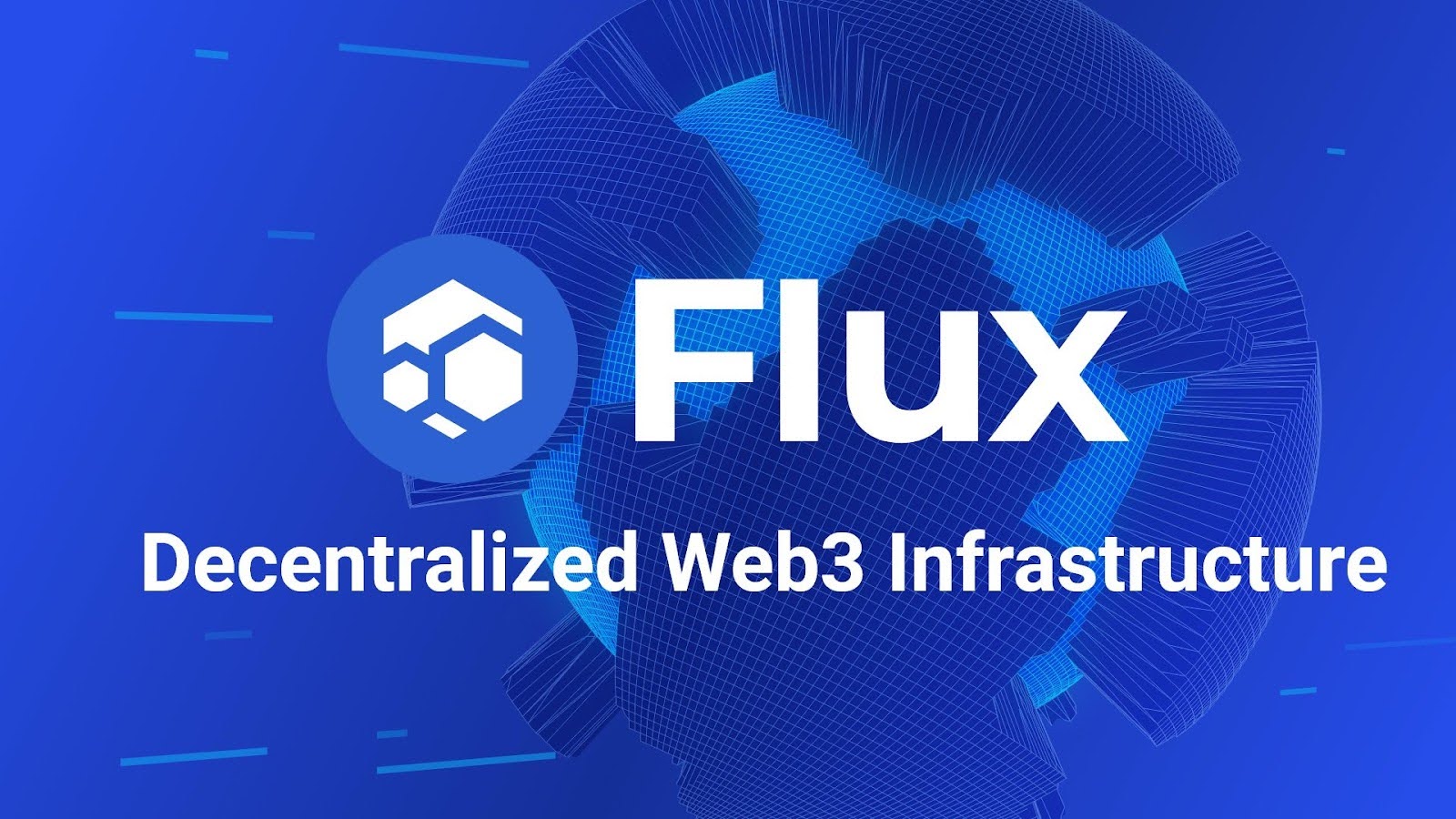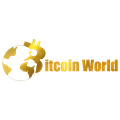The Cloud Gets Crowded: Why Traditional Solutions are Struggling, and Decentralization Offers the Key
0
0

The cloud revolutionized data storage, offering businesses on-demand scalability and convenience. But just like a crowded highway, the current model is reaching its limits. Centralized cloud providers, with their hefty price tags and limited control options, leave businesses feeling stuck. This article explores the advantages of decentralized cloud architecture, offering a glimpse into the future of cloud computing, where efficiency, security, and regulatory compliance take center stage.
Decentralized cloud computing to process data closer to the source, reducing the time it takes for information to travel between devices and data centers. This is particularly beneficial for applications like the Internet of Things (IoT), autonomous vehicles, and augmented reality, where real-time decision-making is crucial.
Centralized Networks: Efficiency with a Trade-Off
Centralized networks have become the backbone of many of our daily digital interactions. But how exactly do they work, and what are the pros and cons of this structure?
In a centralized network, all devices (known as nodes) connect to a single hub, the central node. This central node acts like a traffic controller, directing communication and managing data flow throughout the network. This singular point of control offers a key advantage: efficiency. Data travels a streamlined path, making communication swift and ensuring all devices are on the same page. Imagine a conference call – a centralized network operates like a moderator, facilitating a smooth exchange of information between participants.
However, this centralized structure comes with inherent vulnerabilities. A single point of failure means that if the central node malfunctions, the entire network grinds to a halt. This is akin to a downed power line in a neighborhood – everything connected to that line loses electricity. Security breaches at the central node can also compromise vast amounts of data, as it serves as a central storage point.
Decentralized Cloud: Distributing Power, Sharing Resources
Cloud computing, in a decentralized way, will completely change how we get to our data and use our apps. But what if a single entity didn’t hold control over that convenience?
In contrast to traditional, centralized cloud storage, decentralized networks distribute data and processing power across a vast network of individual computers. There’s no central server acting as a gatekeeper. Instead, imagine a web of collaborators, each contributing their unused storage space or processing power. This peer-to-peer approach offers unique advantages.
- Firstly, it eliminates the single point of failure that plagues centralized systems. If one computer goes down, the network keeps humming along, unaffected. This redundancy is like having multiple backup generators – if one fails, the others keep the lights on.
- Secondly, decentralization empowers users. Individuals with extra storage space can rent it, earning cryptocurrency in exchange. This creates a dynamic marketplace where resources are efficiently allocated, and users have more control over their data.
The Booming Internet of Things: Fueling the Need for Decentralized Cloud
The Internet of Things (IoT) is experiencing explosive growth. These interconnected devices, from smart thermostats to industrial sensors, rapidly transform how we live and work. Market research firm Statista predicts that the market is anticipated to grow at an annual growth rate of 12.57% (CAGR 2024-2028), resulting in a remarkable market volume of US$2,227.00bn by 2028.
The vast potential of the IoT market, coupled with the limitations of traditional cloud storage, creates a significant opportunity for decentralized cloud computing. As interconnected devices continue to rise, decentralized networks offer a secure, scalable, and user-centric solution for managing the ever-growing data stream of the Internet of Things.
Introducing Flux: A Leading Decentralized Cloud Platform
The Flux Web3 Cloud is a decentralized computing service and blockchain-as-a-service solution, offering an interoperable and decentralized development environment similar to AWS or Google Cloud. Flux utilizes a native POW (Proof-of-Work) coin to power this ecosystem, providing incentives for hardware hosters, on-chain governance, and bad actor mitigation via staking requirements for running hardware. The Flux operating system runs on top of Linux to provide the network with verified and benchmarked high-availability compute power and utilizes the blockchain to ensure transparency in governance operations. Flux Cloud is the world’s largest and most decentralized cloud infrastructure.
- Effortless Development on a Scalable Network
FluxOS, Flux’s decentralized operating system, provides a scalable infrastructure specifically designed for dApps. Developers can leverage Flux’s intuitive tools and APIs to streamline the development process, while FluxOS ensures seamless app operation even if individual nodes go offline.
- More Than Just Development
Flux offers a comprehensive suite of blockchain-as-a-service (BaaS) solutions, encompassing decentralized cloud computing, website hosting, and secure file storage. This empowers developers to focus on building innovative applications without worrying about the underlying infrastructure.
- Built for Real-World Use Cases
Flux isn’t just about theory. Developers are already using Flux to build a variety of real-world applications, including collaborative editing tools, data visualization platforms, and even game servers.
- The Power of $FLUX
$Flux, the native token of the Flux network, plays a critical role in the ecosystem. It functions as a utility token to power applications, a governance token to influence network decisions, and a reward for users who contribute to the network’s security. The $Flux token is available for trading on all of the major CEX & DEX.
Conclusion:
In conclusion, the cloud computing industry is evolving rapidly, and decentralized cloud architecture is emerging as a promising solution to the challenges faced by the traditional cloud model. By distributing computing resources across a network of localized data centers or edge devices, decentralized cloud computing offers benefits such as reduced latency, increased efficiency, and enhanced security. With the exponential growth of the IoT market, the need for decentralized cloud computing is more pressing than ever before. Platforms like Flux are leading the way in providing decentralized cloud solutions that are secure, scalable, and user-centric. The future of cloud computing is decentralized, and businesses that embrace this model will be well-positioned to thrive in the data-driven economy.
Website: https://runonflux.io/
Twitter: https://twitter.com/RunOnFlux
Linktree: https://linktr.ee/runonflux
Email:info@runonflux.io
0
0










